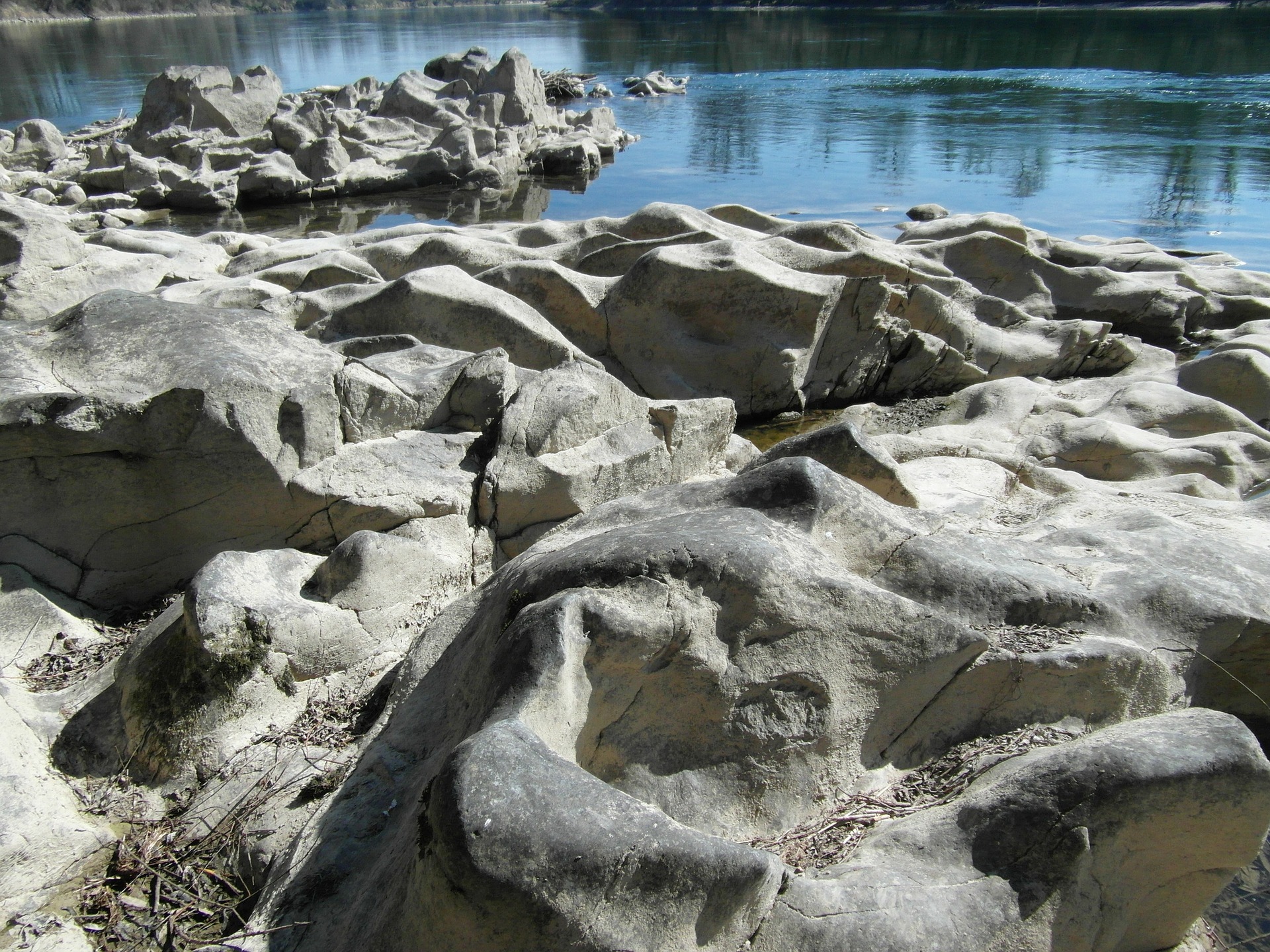With the help of ocean plankton fossils and climate models, scientists have managed to calculate how cold did it go on planet Earth during the last Ice Age, when immense ice sheets covered large parts of South America, North America, Europe and Asia.
As the researchers revealed on Wednesday, the average global temperature during the period called Last Glacial Maximum, from roughly 23,000 to 19,000 years ago, was approximately 7.8 degrees Celsius (46 degrees Fahrenheit), which is about 7 Celsius (13 degrees Fahrenheit) colder in comparison to 2019.
An interesting thing they discovered as well was that some regions were much cooler than the global average, for example – polar regions cooled much more than the tropic regions. Furthermore, the Arctic region was even 14 degree Celsius colder than the global average.
The researchers were able to make this calculations based on the chemical measurements on tiny fossils of zooplankton, as well as with the help of preserved structures of fats from other types of plankton that change according to water temperature. They called this a “temperature proxy”. This collected information was further plugged into climate model simulations in order to calculate average global temperatures.
A lead author of this research, which was published in the journal Nature, paleoclimatologist Jessica Tierney said that past climates were the only information they had about what happened when the Earth cooled or warmed to a large degree and by studying them, they could better constrain what to expect in the future. She added that Central Alaska was not that much colder than today, so for Ice Age humans it was probably a nice place to settle.
Ice Age
Ice Age lasted from about 115,000 to 11,000 years ago, and it represents any cold period (climate) in the history of the planet during which the continents were covered by ice sheets throughout the year. During the ice age, the average temperature decreased and the ice sheets expanded. Today, permanent ice sheets are concentrated throughout the year only on polar caps and as mountain glaciers. Over the last few million years, large parts of the surface of America, Europe and Asia were periodically covered with ice.
During this period, large mammals adapted well to a cold climate, such as the woolly rhinos, mammoths, mastodons and saber-toothed cats roamed the landscape.
During the Ice Age, humans also entered North America for the first time and it is believed that human hunting had contributed to mass extinctions of many species at the end of the Ice Age.
